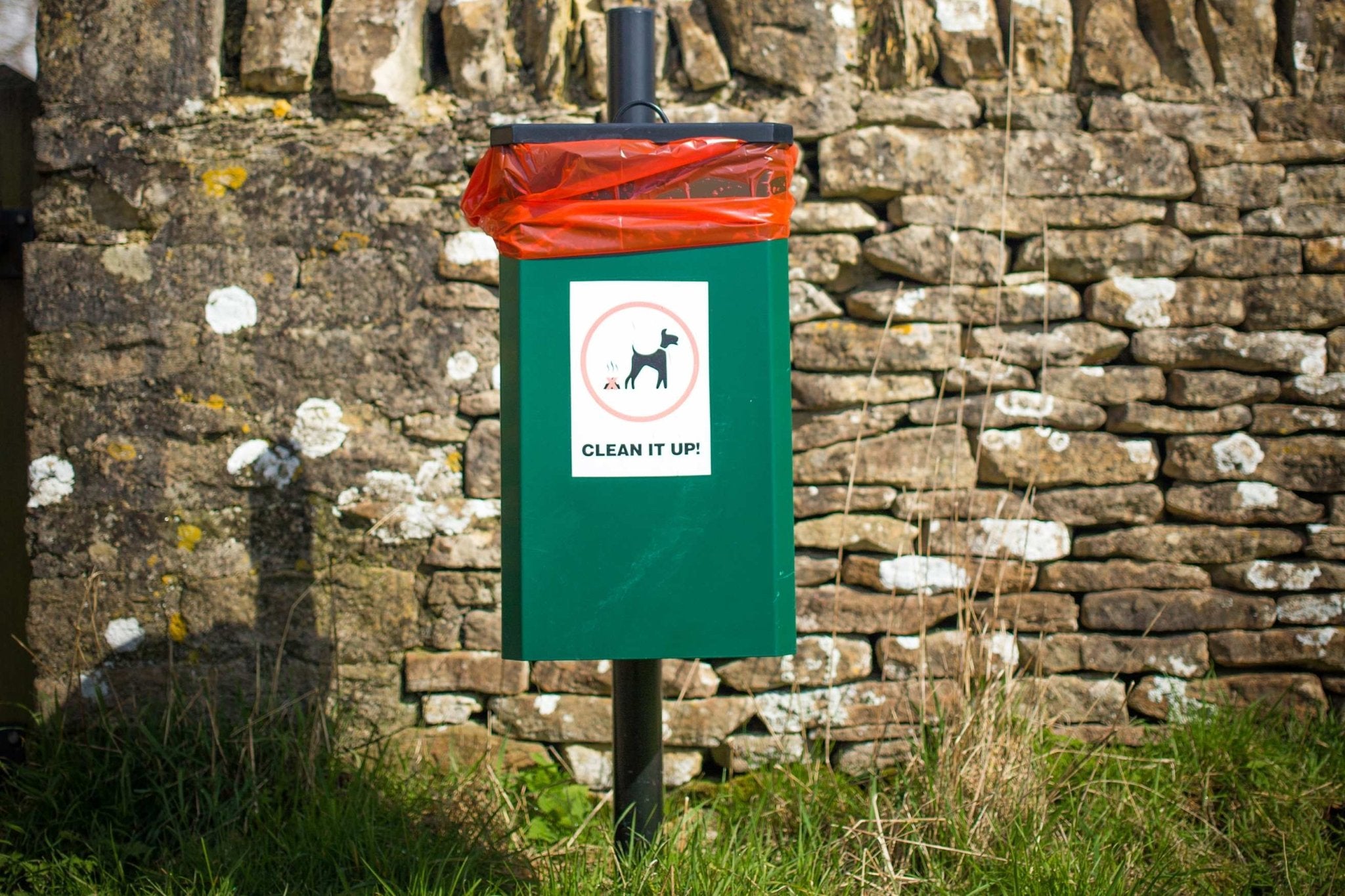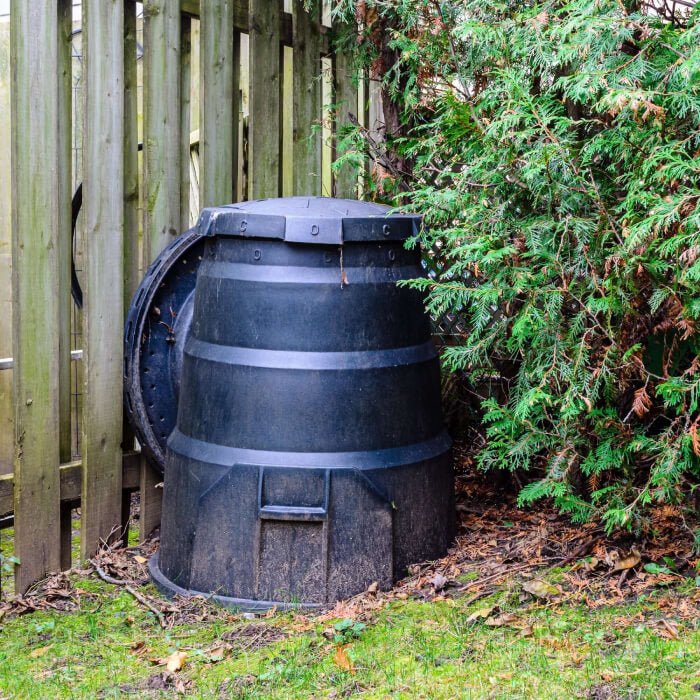HOW YOUR PET CAN GET TOO HOT
Just like you, your pet has in-built homeostatic mechanisms to maintain the balance between body heat production and loss.
Simply put, if your pet is producing more heat than it can get rid of, over time, he or she is going to get too hot.
Compared to people, our dogs and cats have less efficient heat loss mechanisms as they have a fur coat and do not sweat from the body.
Their footpads have some sweat glands, but most heat removed through evaporation is done so through panting, especially in dogs.
They therefore also rely heavily on the other methods of heat loss (radiation, conduction, convection) to reduce body temperature.
Predisposing Factors

Individual animal and situational factors that either increase heat production or decrease the ability to lose heat.
Why Getting Too Hot Is Bad
If your pet’s body temperature rises too high and is not brought down, it can lead to a rapidly progressive life-threatening issue.
This is what a heatstroke represents.
Heat causes death of cells, hence directly damaging organs and tissues. Permanent injury to important body systems such as the cardiovascular, gastrointestinal, renal, hepatic, and central nervous systems may result. Permanent brain damage is also a potential risk.
SYMPTOMS OF PET OVERHEATING AND HEATSTROKE
Mild signs that may suggest your pet is getting hot:
o Agitation or restlessness
o Constant panting
o Excessive thirst
o Less responsive behaviour
o Excessive grooming (cats)
o Sweaty feet (more so in cats)
*Potential Emergency Signs*
-
Very fast, heavy, or exaggerated panting
-
Inability or unwillingness to move
-
Excessive drooling or salivation
-
Increased pulse and heart rate
-
Dark-coloured (red/purple) or very pale gums or tongue
-
Vomiting or Diarrhoea
-
Mental dullness or lack of responsiveness
-
Elevated rectal temperature of 40ºC and up (if a thermometer is available)
-
Staggering, uncoordinated movement, weakness or collapse
-
Seizures
-
Unconsciousness
Even if not displaying any of these signs, please contact your vet if you are worried.
Prevention: Minimise the risk of having a hot pet

Key Points
o Know the potential risks of overheating and heat stroke
o Be aware of the warning signs
o Stop activity and cool your pet down if needed - Don’t assume your dog will stop exercising if it feels hot
o Never leave your dog or cat in a parked car
References
Hoskins, H.P., Lacroix, J.V., and Mayer, K. (ed): Canine Medicine, 2nd Edition. American Veterinary Publications, Inc. 1962
Lewis S: Effect of heat on canine and feline. ISU Vet 38(3): 117-121, 1976
Flournoy W.S., Wohl J.S., Macintire D.K.: Heatstroke in Dogs: Pathophysiology and Predisposing Factors. Compendium 2003; 25: 410-422






Leave a comment